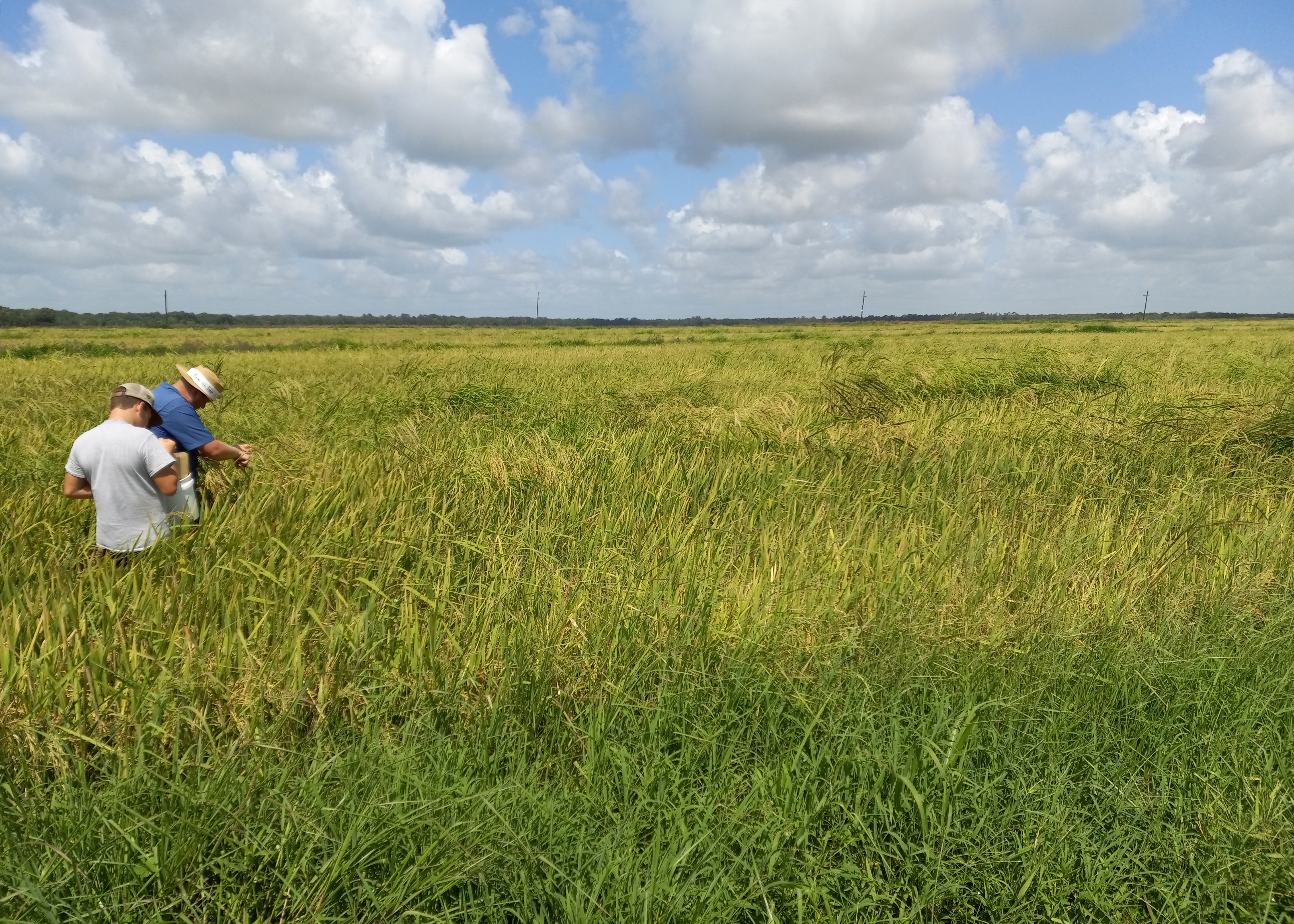The study (DOI: 10.1093/hr/uhad225), conducted by researchers at Nanjing Agricultural University and published on November 9, 2023, in Horticulture Research, examined the early stages of infection between woodland strawberry (Fragaria vesca) and B. cinerea. By employing dense RNA-seq technology, the team monitored gene expression changes in both the plant and the pathogen during the first 12 hours of infection. Their findings provide crucial insights into how strawberries initiate early defenses, paving the way for developing gray mold-resistant strawberry varieties.
The research captured interactions between F. vesca and B. cinerea at 14 key points over 12 hours, revealing the rapid activation of the strawberry’s immune response soon after infection. The most significant gene activity occurred in the first few hours, where genes related to cell wall reinforcement, defense proteins, and hormone signaling were upregulated. These early defenses helped prevent the pathogen from establishing itself in plant tissues. Meanwhile, B. cinerea displayed sustained genetic activity throughout the infection, employing various strategies to invade the plant, such as secreting enzymes that weaken cell walls and proteins that trigger plant cell death. One key discovery was the role of the FvRLP2 gene in strawberries, which was found to inhibit fungal infection—a promising target for future breeding of disease-resistant crops.
Dr. Zong-Ming Cheng, the lead researcher at Nanjing Agricultural University, stated, “Our study underscores the intricate nature of plant-pathogen interactions during the initial stages of infection. The early defense mechanisms we observed in Fragaria vesca provide valuable insights into how plants respond to necrotrophic pathogens like Botrytis cinerea. These findings open up exciting opportunities for breeding programs focused on strengthening plant resistance by targeting key defense-related genes.” He added that these discoveries could significantly reduce the economic impact of gray mold on strawberry production.
The agricultural implications of this research are extensive, particularly for strawberry growers. By identifying critical defense genes, breeders can develop new strawberry cultivars that are more resistant to gray mold, reducing the need for chemical fungicides and minimizing crop losses. In the future, molecular breeding techniques could provide a sustainable approach to bolstering strawberry crop resilience, ultimately ensuring greater food security.
###
References
DOI
Original Source URL
https://doi.org/10.1093/hr/uhad225
Funding information
This research was supported in part by the Priority Academic Program Development of Jiangsu Higher Education Institutions and the State Key Laboratory of Crop Genetics and Germplasm Enhancement (ZW201813).
About Horticulture Research
Horticulture Research is an open access journal of Nanjing Agricultural University and ranked number one in the Horticulture category of the Journal Citation Reports ™ from Clarivate, 2022. The journal is committed to publishing original research articles, reviews, perspectives, comments, correspondence articles and letters to the editor related to all major horticultural plants and disciplines, including biotechnology, breeding, cellular and molecular biology, evolution, genetics, inter-species interactions, physiology, and the origination and domestication of crops.



